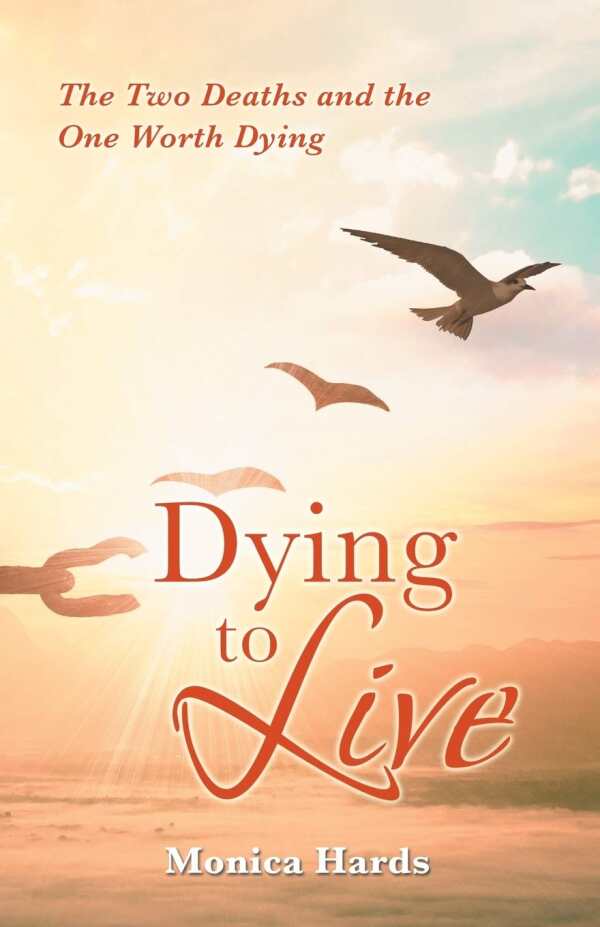Dying to Live
The Two Deaths and the One Worth Dying
Dying to Live is a heartfelt memoir about dramatic spiritual experiences and their lifelong impact.
Monica Hards’s memoir Dying to Live is about a near-death experience and the life lessons gleaned from it.
The book opens with a dramatic account of Hards’s brush with death during a hospital stay, including memorable details about the sights, smells, sounds, and faces she observed on a trip to the afterlife, including of spiritual communion with Jesus, and of the legendary white light. But the book’s ultimate focus is less on this experience than it is on sharing the life-changing insights sparked by it, including that “a broken heart has a crack to let more light in.”
Clear in expression and sincere, even mystical, in tone, the book searches Hards’s story for evidence of spiritual influences. Its short, topical chapters cover the spectrum of Hards’s life, including accounts of pregnancy, birth, illness, funerals, and spiritual inquiry. Her experiences as a hypersensitive person lead to anecdotes about aura surgery, energy work, and attempts to moderate and manage overstimulation. The book’s longer chapters describe Hards’s impactful relationships and trips; its shorter ones cover features like the Serenity Prayer. Even when the chapters are not linked together, their tone remains consistent.
But the book also shares platitudes about the meaning of life as it discusses figurative death and literal dying. Out-of-body experiences, visceral and explicit descriptions of various medical problems, and therapeutic experiences factor into its movements. It is serene and positive while describing difficult experiences, giving it a feeling of equanimity. Still, its messages wear thin as it progresses. It makes generalizations about social changes, and assumes that their mainstream and cultural acceptance is a result of energetic shifts; it ignores documented factors, like social activism, in the process.
The book is emphatic about its philosophy of love and light, but its assumptions that its arguments can be applied in broad terms are not well supported. While the book covers a broad swath of material about wellness, spiritual health, and self-improvement, its ideas are unbalanced. Too many of its anecdotes are given equal weight: Hards’s afterlife experiences are made to seem as important an infection, and as the process of detangling from a narcissistic partner. And although it claims that all experiences are interlinked, and that all beings are interconnected, the book’s common elements tend to be personal, rather than universal.
Dying to Live is a heartfelt memoir about dramatic spiritual experiences and their lifelong impact.
Reviewed by
Claire Foster
Disclosure: This article is not an endorsement, but a review. The publisher of this book provided free copies of the book and paid a small fee to have their book reviewed by a professional reviewer. Foreword Reviews and Clarion Reviews make no guarantee that the publisher will receive a positive review. Foreword Magazine, Inc. is disclosing this in accordance with the Federal Trade Commission’s 16 CFR, Part 255.

